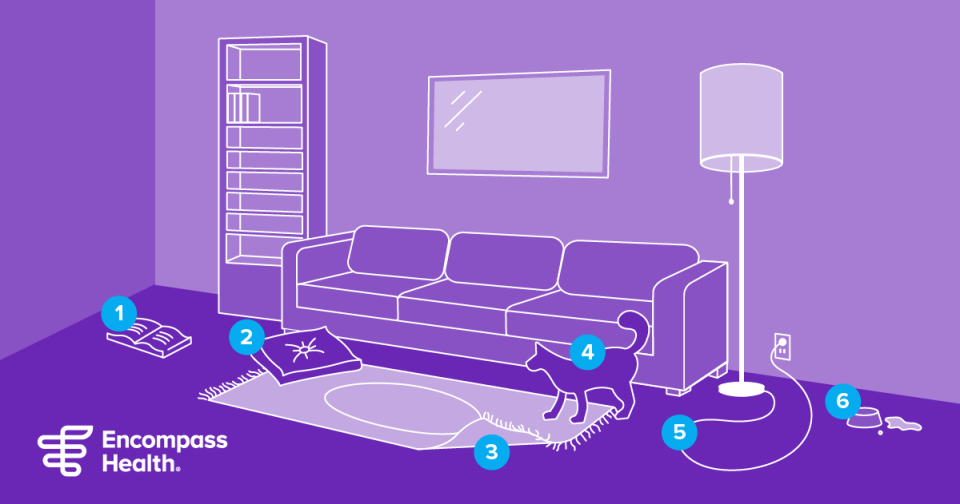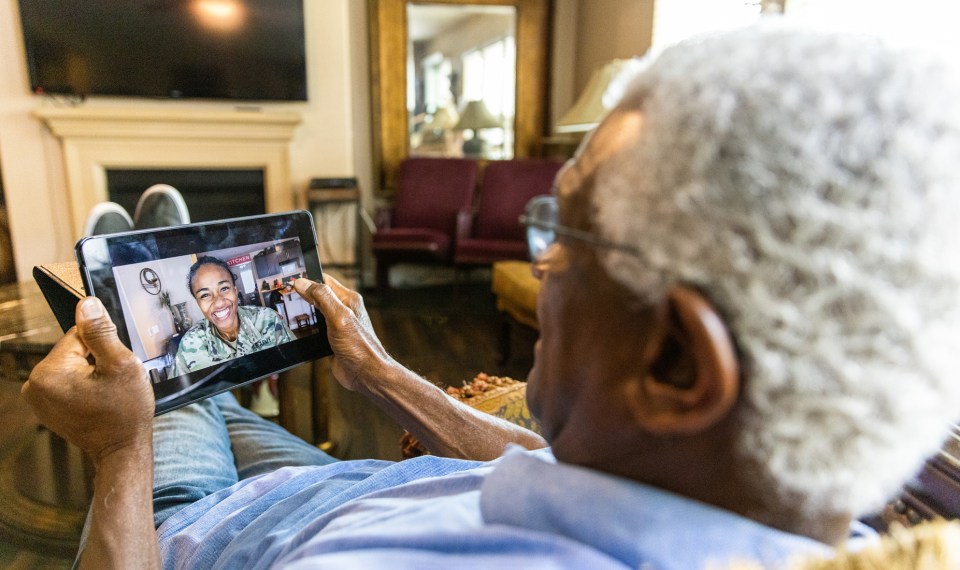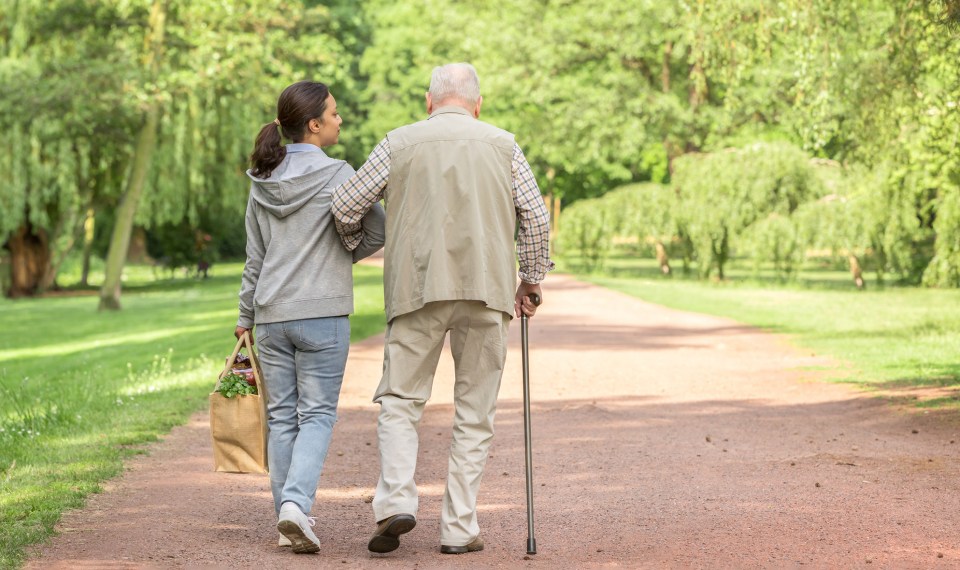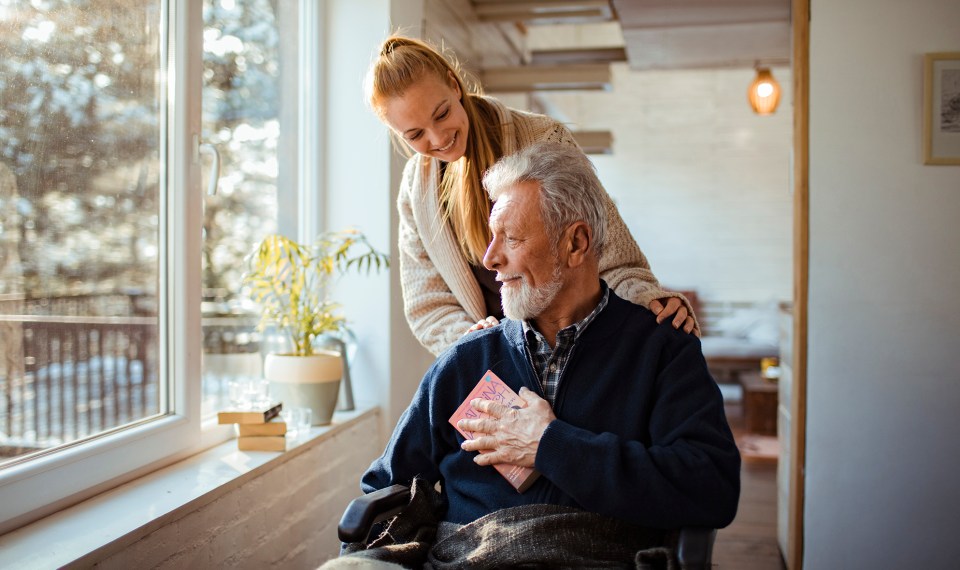Know the fall risks in your home and how to avoid them
Whether it’s a yappy but lovable pup or the curled up edge of a carpet, every household has its fall hazards. However, as you age, these fall risks need much more attention.
According to the CDC, one out five falls cause a serious injury, and in older adults, those falls can become much more dangerous, often leading to a decline in health altogether.
“With older adults we are very concerned about a cycle of decline and debility that can arise from a fall, even one without injury,” said Bud Langham, chief clinical officer for Encompass Health’s home health segment. “Evidence shows a fall or near fall can lead to a fear of falling, which often leads to reduced activity, which of course leads to weakness and debility. This can lead to a downward spiral for older adults without proactive intervention.”
When a patient enters Encompass Health’s home health, the first visit includes a fall risk assessment. In addition to assessing the home environment, a clinician also considers medications and any physical and mental impairments that could lead to a fall.
Tests are also conducted to identify and isolate any specific problems that could contribute to fall risks.
“We screen for risk factors linked to an increased likelihood of falling, such as environmental barriers, visual impairments, cognitive impairments, as well as mobility and strength impairments,” Bud said. “Encompass Health also leverages a robust library of standardized, validated tests and measures that help identify and isolate patient-specific problems that can contribute to fall risk.”
However, you don’t have to wait until you’ve entered into home health to reduce the risk of falling in your or a loved one’s home. Bud offers the following fall risks to be mindful of in and around the home:
- Small children
- Pets (large and small)
- Electrical cords
- Uneven floors
- Wet tile floors
- Areas rugs and other trip hazards
- Narrow paths and walkways
- Improper footwear
- Steps and stairs
- Outside surfaces
- Unsafe/unsecured rails
- Visual distortions (low light, low contrast floors and steps)
- Clutter and obstacles (toys, etc.)
- Unsafe devices (walkers, canes)
- Improperly sized devices
- Frequently used objects on high or low shelves
- Slippery tub or shower surfaces
Help reduce your fall risk with the following tips:
- Ask your doctor about taking vitamin D; it’s proven to improve the bone and muscle health
- Get your eyes checked at least once a year and update eyewear when needed
- Do strength and balance exercises such as tai chi
- Add grab bars in the shower and next to the toilet
- Replace dim lightbulbs with brighter ones and make sure your home has lots of lighting
- Review all your medications – prescription and over-the-counter – with your doctor to see if they might make you dizzy or drowsy
The content of this site is for informational purposes only and should not be taken as professional medical advice. Always seek the advice of your physician or other qualified healthcare provider with any questions you may have regarding any medical conditions or treatments.



